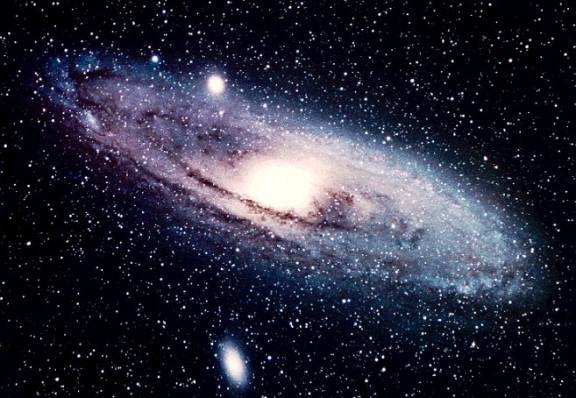How did the universe come into being? What is its age? What is it made of? How does it work? What is the fate of the universe?
These are questions each one of us has asked at some point in life. Interestingly, scientists have joined together to satisfy our curiosity regarding the world around us.
Today, as our knowledge and technology have advanced, we can use scientific methods to investigate the universe through cosmology.
What Is Cosmology?
Cosmology is a branch of astronomy that has existed in different forms since ancient times and focuses on the study of the origin and evolution of the universe. It is rooted in our curiosity about the world around us.
Cosmology is a continually evolving field, with scientists constantly refining and updating their theories and models. The study of the universe is fundamental to our understanding of our place in the cosmos.
As we continue to explore and learn more about the universe, we will deepen our understanding of the universe’s past, present, and future.
Origin of Cosmology
The earliest civilizations, like the Babylonians and Egyptians, believed in a flat earth enclosed by a rotating celestial sphere. However, the first modern cosmological model was developed by the Greek philosopher Aristotle, who thought that the earth was at the center of the universe and all celestial bodies moved around it in perfect circles.
In the 16th century, the Polish astronomer Nicolaus Copernicus challenged the Aristotelian model by proposing that the sun was at the center of the solar system. This revolutionary idea laid the foundation for modern cosmology.
Real-life Examples of Cosmology
Cosmology is a fascinating field that has intrigued people for centuries. Let’s explore some examples of cosmology in real life.
1. The Multiverse Theory
The multiverse theory proposes that there may be multiple universes, each with its own set of physical laws and properties. This theory is still highly debated among cosmologists as they try to provide a potential explanation for some of the mysteries of our universe.
2. The Cosmic Microwave Background Radiation
The cosmic microwave background radiation is leftover radiation from the early universe. It has an average temperature of 2.7 Kelvin and is considered one of the most substantial pieces of evidence for the Big Bang theory.
3. Dark Matter
Dark matter makes up around 27% of the whole universe. Even though we can’t see it directly, scientists have found out about its existence because they’ve seen how it affects things like galaxies as they spin around in space. Dark matter’s gravity affects these galaxies and helps to hold them together, even though we can’t actually see the dark matter itself.
TRENDNG: Is There A Sixth Platonic Solid?
4. The Age of the Universe
Determining the age of the universe is a fundamental question in cosmology. Cosmologists use various methods, such as measuring the expansion rate and studying ancient light from distant galaxies, to estimate its age.
5. The Big Bang Theory
The Big Bang Theory is a scientific explanation for how the universe began. According to this theory, the universe started as an incredibly hot and dense point known as a singularity. This singularity then rapidly expanded in an “inflationary period,” causing it to cool down and form matter such as galaxies, stars, and planets over billions of years. The Big Bang Theory is supported by various types of evidence, including observations of cosmic microwave background radiation and the abundance of light elements like hydrogen and helium in the universe.
6. The Hubble Space Telescope
The Hubble Space Telescope has revolutionized our understanding of the universe. It has provided stunning images of distant galaxies and has enabled cosmologists to measure the expansion of the universe more accurately.
7. The Large Hadron Collider
The Large Hadron Collider is the world’s most powerful particle accelerator. It is a huge machine that helps scientists study tiny particles as it is powerful enough to make them move fast. It has allowed cosmologists to recreate the conditions present in the early universe and analyze the behavior of subatomic particles.
8. Gravitational Waves
Gravitational waves are like ripples in a pond, but instead of water, they happen in space and time. They’re caused by massive objects moving around, like black holes or neutron stars. Scientists discovered these gravitational waves in 2015, which was a significant breakthrough in cosmology.
Related Posts:

